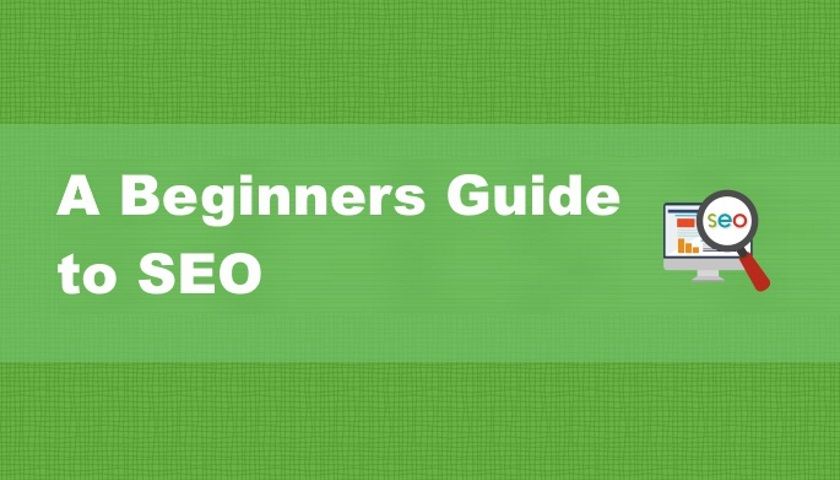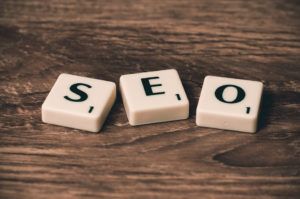In the first part of this 2 part series, we learnt –
What is SEO?
“The process of maximising visitors to a particular website by ensuring that the site appears high on the list of results returned by a search engine.”
How do search engines work?
By crawling and building an index, search engines go through the billions of interconnected documents on the web through HTML Links. So when a person performs an online search, the search engine goes through its database and shows results that are relevant. Getting featured on top of the results page provides both, traffic and also reinforces trust worthiness of the website.
How do people use search engines?
When users experience the need for an answer, solution, or information, they type in a set of words or phrases. After browsing through the results, the users either find a solution or perform a new search with alternative keywords. So while computer-generated algorithm tries different parts of the internet together, the searches are performed by humans. To maximise leads to your web page you must understand users first, and search engines optimization second.
The big question we’ll be addressing in the 2nd part of this series is –
How can you optimise your web page?
Let’s consider the On-page and off-page factors that bring relevance and popularity to your website.
On-page factors
As a first step, it makes more sense to start with on-page SEO and get it right, rather than trying to convince search engines to give you better ranking with off page SEO. Ask yourself these questions to optimise your web content, architecture and HTML output.
Content – Is the content original and copy checked? Does the content have enough descriptive text? Is the content well researched with references? Do you have a clear publishing strategy?
Architecture– Can search engines easily “crawl” pages on site? Does your site work well for mobile devices? Does the site load quickly? Do URLs contain meaningful keywords to page topics?
HTML – Do HTML title tags contain keywords relevant to page topics? Are they unique for each page? Do all images have defined ALT tags? Are the image filenames descriptive? Is the text properly formatted and split into small paragraphs?
Off-page factors
One of the factors that determine the position a web page will appear in the results is the number of incoming links. Optimising such links is called Link Building. While incoming links are a signal of trust, depending upon where they are coming from, they can also affect your ranking position.Positively if the links are coming from well-known and trusted sites or negatively if they are paid links, article directories, link farms etc. When optimising off-page SEO, ask yourself these questions.
Trust –Will links and shares make my site a trusted authority? Has my site or its domain been around a long time, operating in the same way? Is my content ad-heavy? Do visitors spend time reading or “bounce” away quickly?
Links – Are these links from trusted, quality or respected web sites? Do links pointing at pages use words you hope they’ll be found for? Do many links point at your web pages? Have you created links by spamming blogs, forums or other places?
Social – Do those respected on social networks share your content? Do many users share your content on social networks?
Once you have successfully answered these questions your website should have moved up in search engine ranking. To sustain the effort, keep the following pointers as a shared check-list between your web designer, developer and content creator.
- Build your site with a clear hierarchy and text links.
- While multiple text links to internal pages or external websites can add credibility to your site, overdoing it (with hundreds of links on a page)may result in not getting all of the links crawled and indexed.
- A link earlier (higher up) on a page carries more weight than a link lower down on the page.
- Leave no page orphaned, i.e., every page should be reachable from at least one static text link.
- Create a useful, information-rich site, and write pages that clearly and accurately describe your content.
- Your most important content should be in HTML text format. Images, Flash files and other non-text content are often ignored or devalued by a search engine.
- Produce fresh content regularly.
- A link earlier (higher up) on a page carries more weight than a link lower down on the page.
And always remember, search engines need to see content in order to list pages in their massive keyword-based indexes, but they need to see links in order to find the content in the first place.





